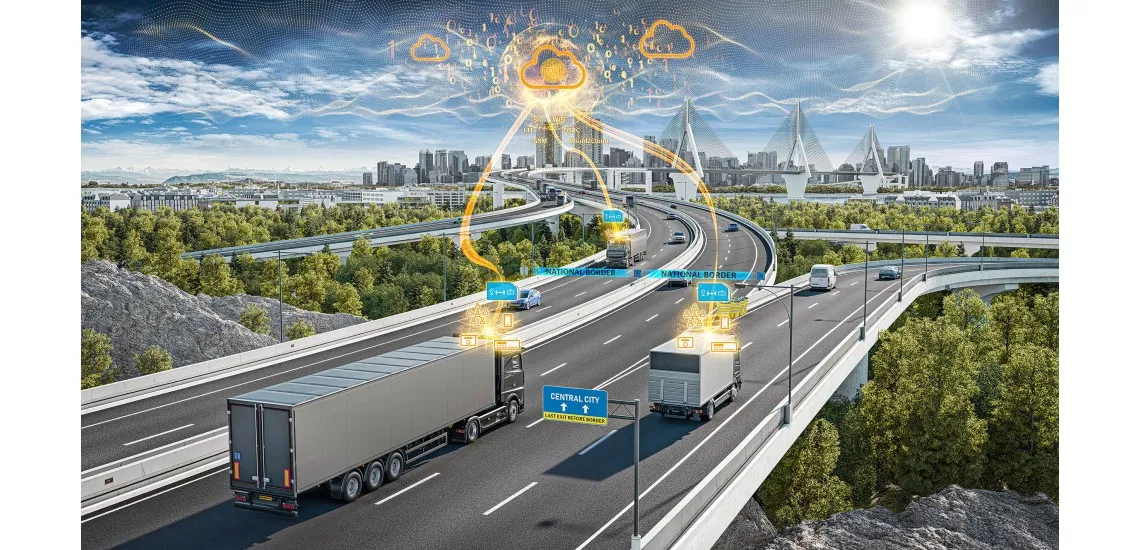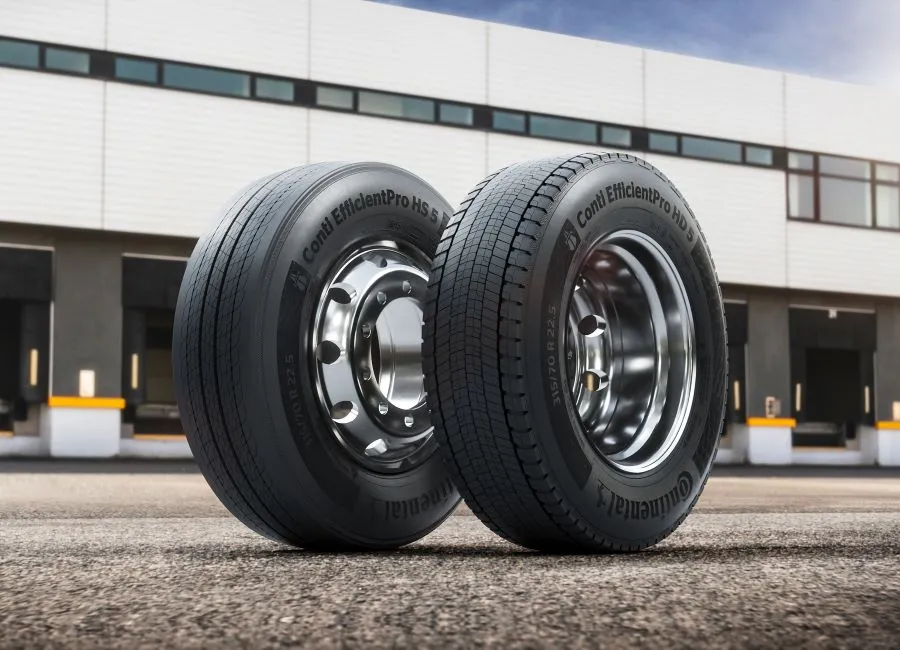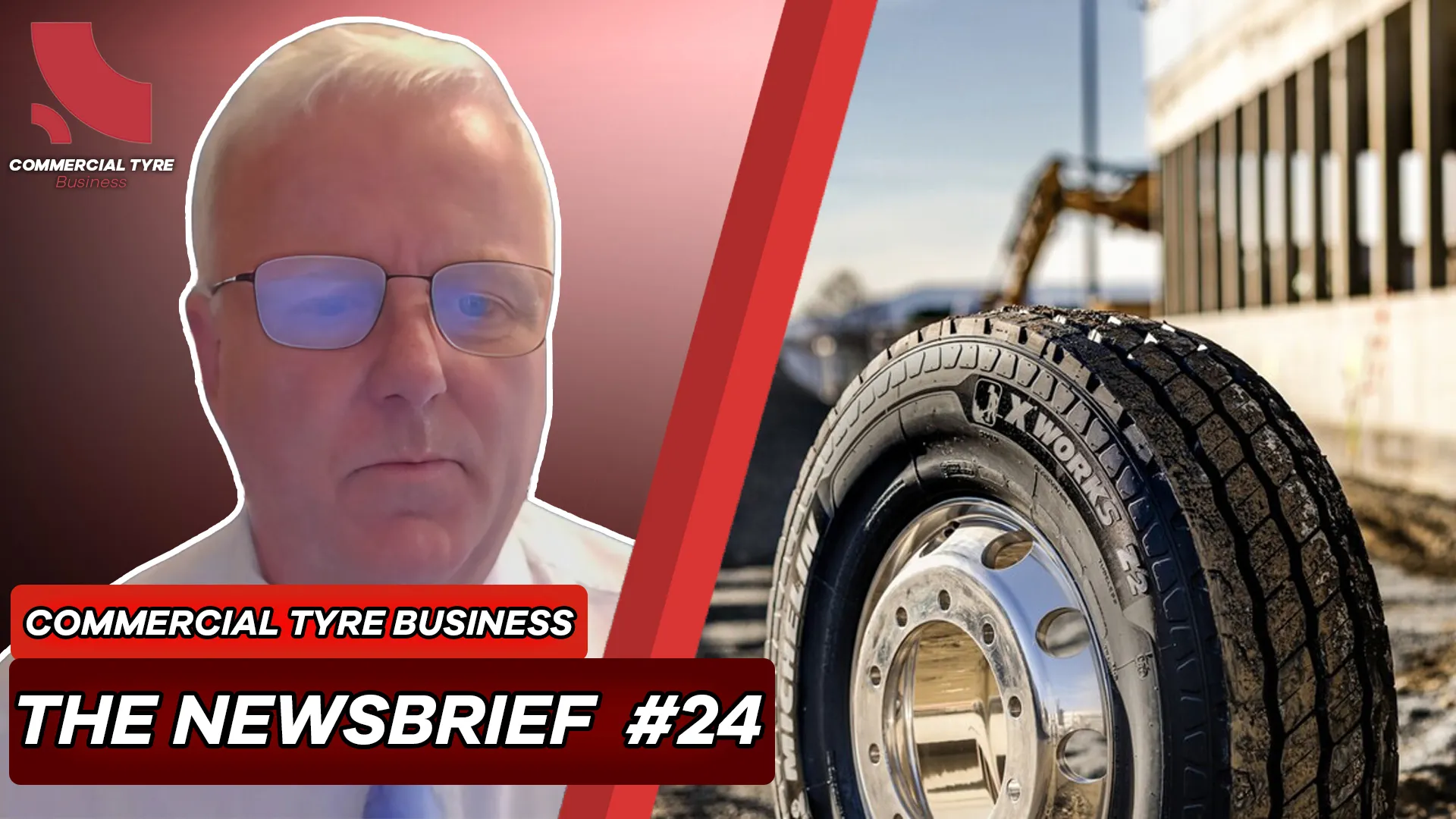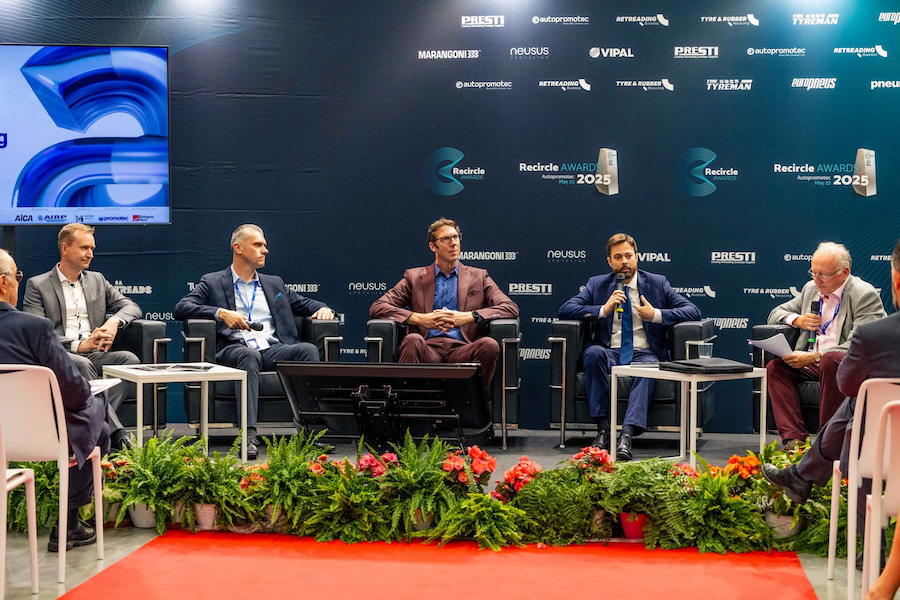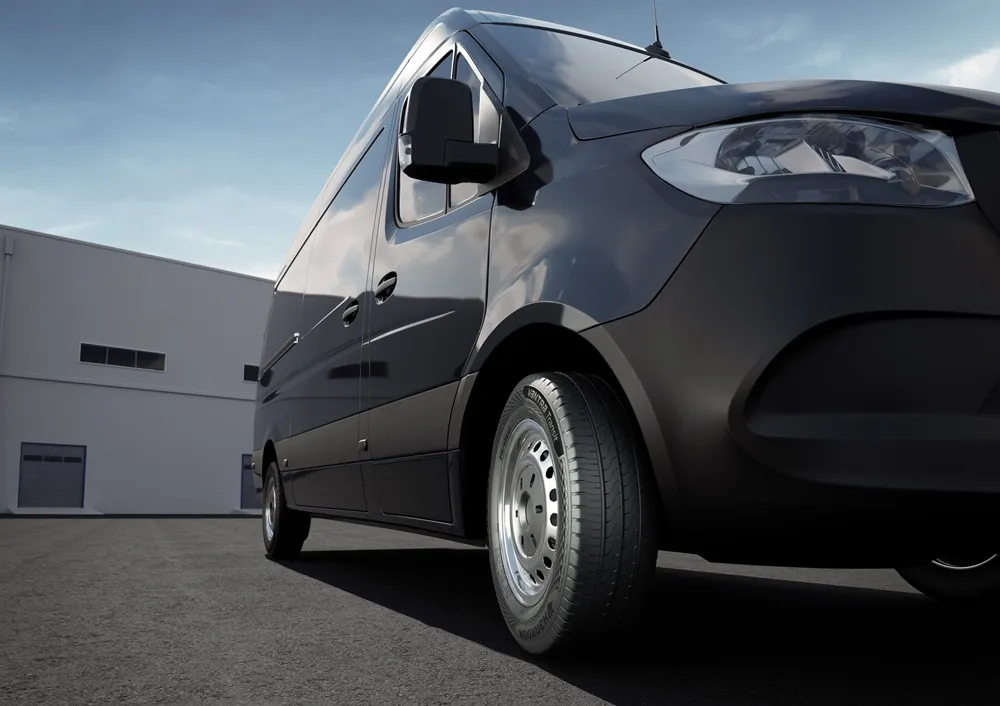An innovative On-Board Equipment (OBE) solution shall replace the windscreen On-Board Units (OBUs) currently in place for EU-wide tolling. Continental has outlined in a white paper how its OBE solution improves data quality, reduces costs and gives better updatability for customers.
Vehicle Tolling Next Major Continental Project
Continental is preparing a lunge forward into the future of commercial vehicle tolling. To date, the OBU works behind the truck windscreen communicating with toll barriers, roadside toll stations and backends, in the European countries that have passed conformity tes...
Vehicle Tolling Next Major Continental Project
Continental is preparing a lunge forward into the future of commercial vehicle tolling. To date, the OBU works behind the truck windscreen communicating with toll barriers, roadside toll stations and backends, in the European countries that have passed conformity tes...

